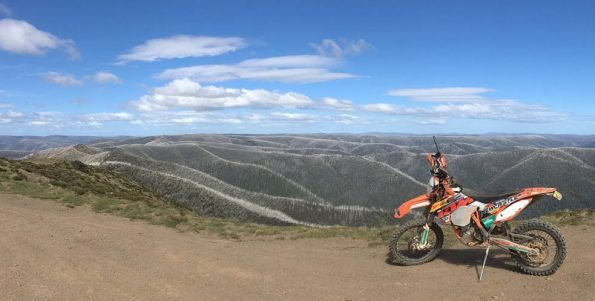If your brakes stop working and you need to stop quickly or stop yourself from accelerating down a hill, there are nine things you should do.
- Don’t panic: there are many ways to slow a car down, plus, your car will handle better than you imagine if you need to make a tight turn
- Signal your intentions to other traffic: use your indicators or hazard lights and start moving towards the edge of the road.
- Pump the brakes: this can give them a last little bit of life. Once you’ve pumped them, try pushing the brake pedal to the floor.
- Check something isn’t obstructing the pedal: your floor mat might be trapped or a drink bottle could have rolled underneath it.
- Use your gears: change down as many gears as you can without over-revving the engine to give yourself some engine braking. This will bring the car down to 5-10km/h then you can use the handbrake to stop it completely.
- Turn on the air conditioning: air conditioning uses a lot of engine power, so turning it on creates a drag.
- Use the electronic parking brake or handbrake: cars with electronic parking brakes often have an emergency function where if you activate it at high speed it will bring you to a safe controlled stop. With a handbrake, you’ll need to take care you don’t apply it so hard that your rear wheels skid. Electric vehicles will have a regenerative brake which will slow you down quite quickly.
- Look for uphill exits: Side roads and driveways can help you if they’re long enough.
- Use friction against other objects: kerbs can help slow you down but you’ll need to be gentle so that the car doesn’t mount the kerb. Expect to damage your wheels doing this. Verges and hedges can also be used. Stone walls are not so good because they tend to grab the car and spin it.
Of course, this works fine on flattish roads, but what happens if you’re on a steep slope and engine braking doesn’t work? You must make a fast decision because if the slope is steep enough, many of the techniques above might only slow the rate of acceleration, not stop you from accelerating altogether. You either need to ride out the slope (not ideal because the faster you’re going, the bigger the mess if you have a crash), or immediately find an uphill escape road, drive into the foliage on the side of the road, or choose to hit another motorist from behind, risking injury to that vehicle’s occupants. Hedges and bushes will slow you down gradually, but any tree that’s more than a sapling will stop you quite abruptly which increases your risk of injury.
Once you’ve stopped, apply the handbrake and put your hazard warning lights on.
If your brake failure was due to brake fade, wait for your brakes to cool then drive home slowly. Get your brake fluid changed and your pads and rotors checked.
If your brake failure was due to anything else, get the vehicle towed.
Mistakes drivers make when brakes fail
Don’t do any of the following:
- Putting your gearbox in reverse – this is a good way to completely wreck your gearbox
- Putting your gearbox in neutral – you won’t have any engine braking
- Weaving from side-to-side – it increases the risk you’ll lose control
- Turning off the engine – you’ll lose power steering and power brakes
What type of roads cause the most problems for brake failure

Mountain roads have long downhill stretches that can cause brake fade
Brake failure is uncommon in modern vehicles. You would need to lose your brake fluid for there to be no braking on any wheel. Brake fade is much more common and this is caused by repeated or continuous braking coupled with brake fluid and components that can’t cope with the heat. This continuous use is most common on long, mountainous downhill stretches. If you are driving on a long downhill stretch, use a lower gear to give yourself engine braking.
